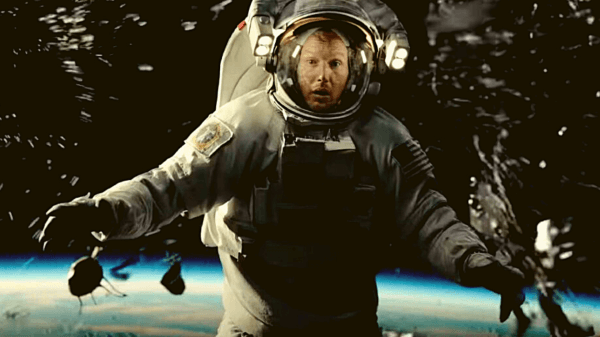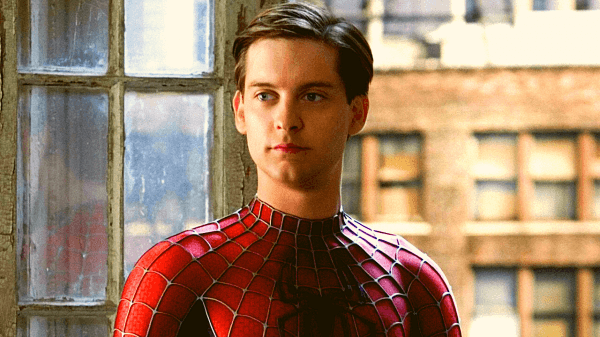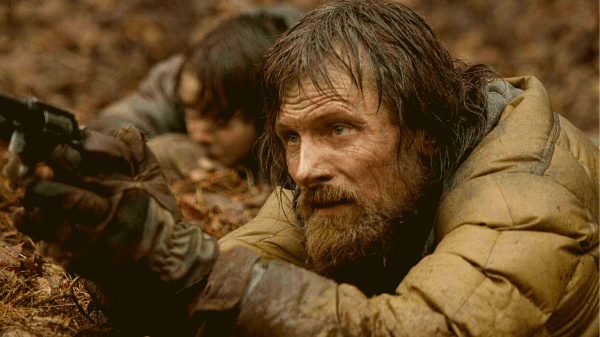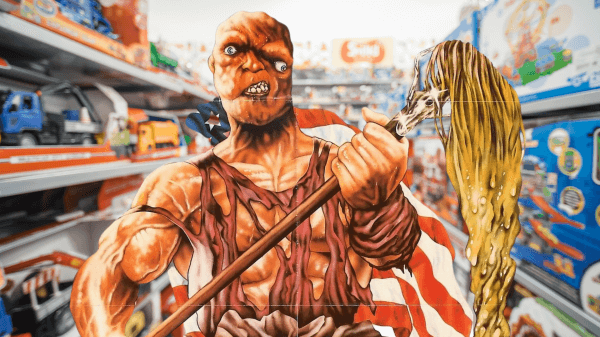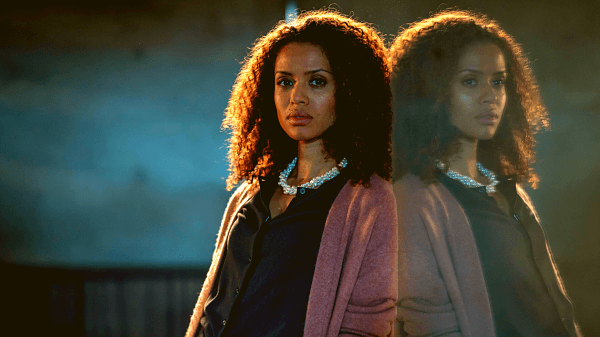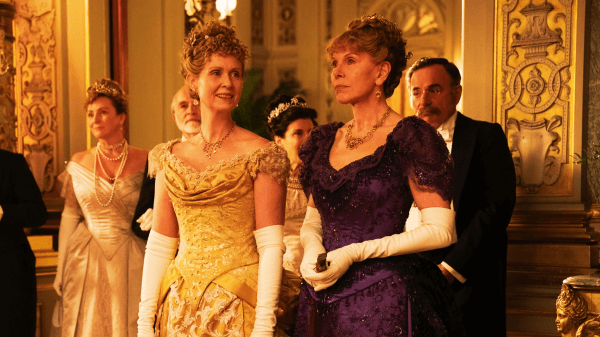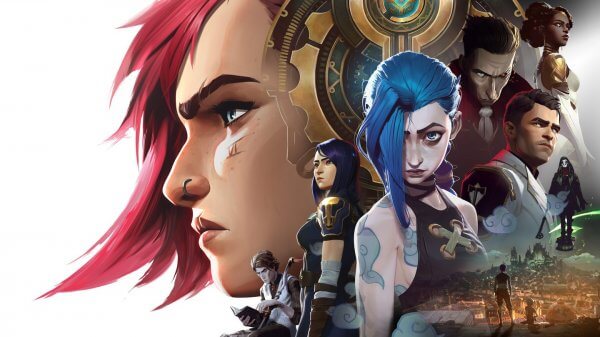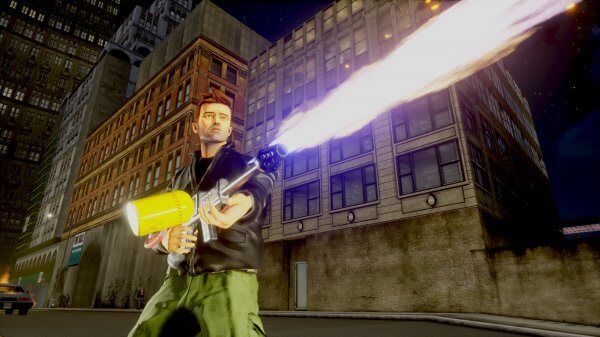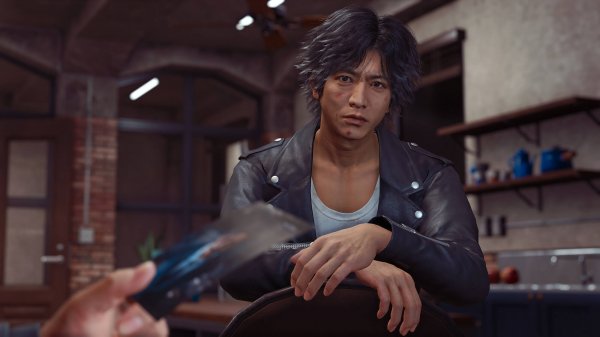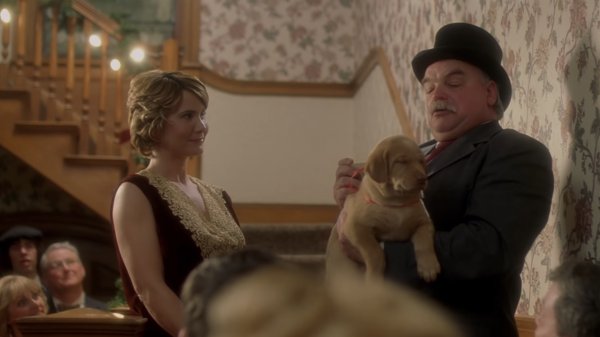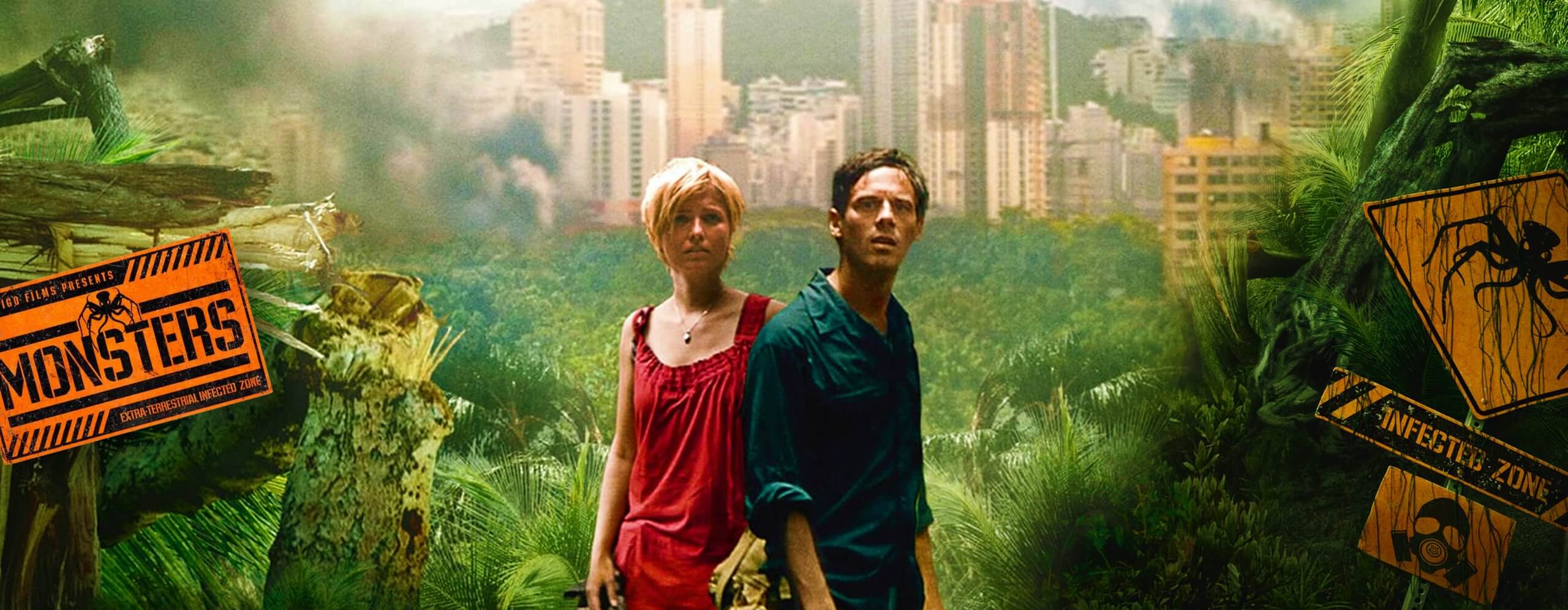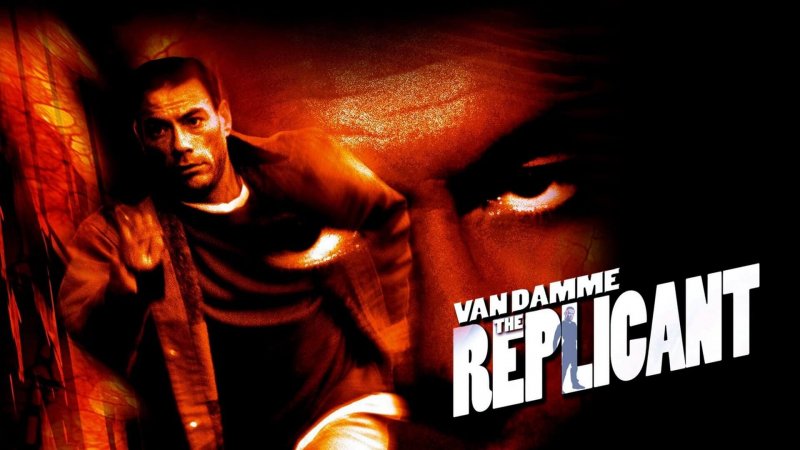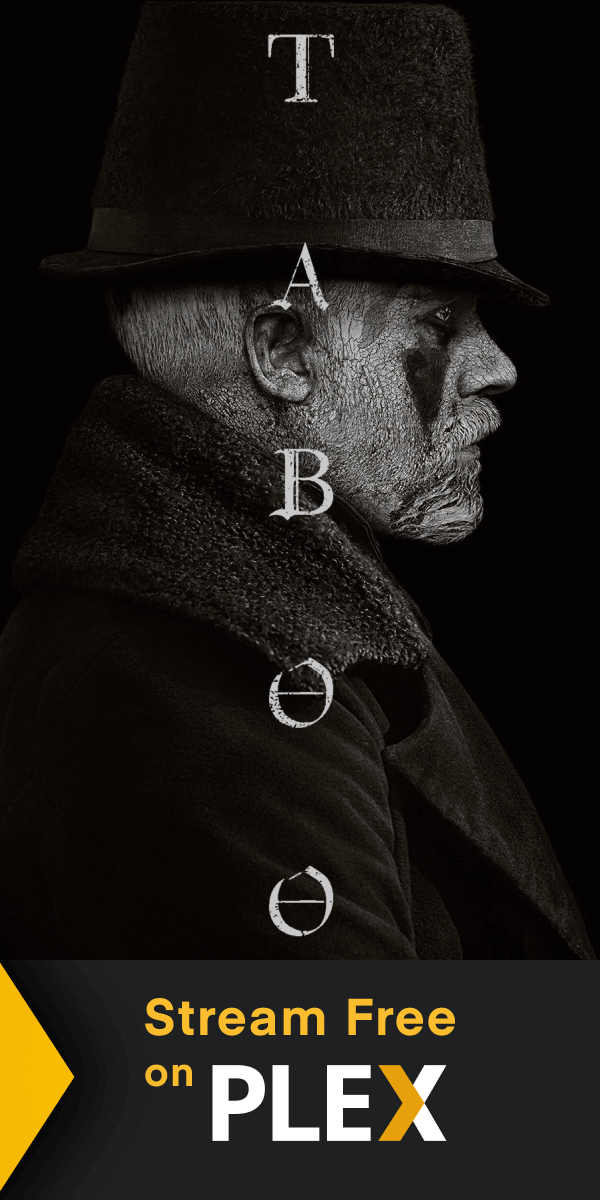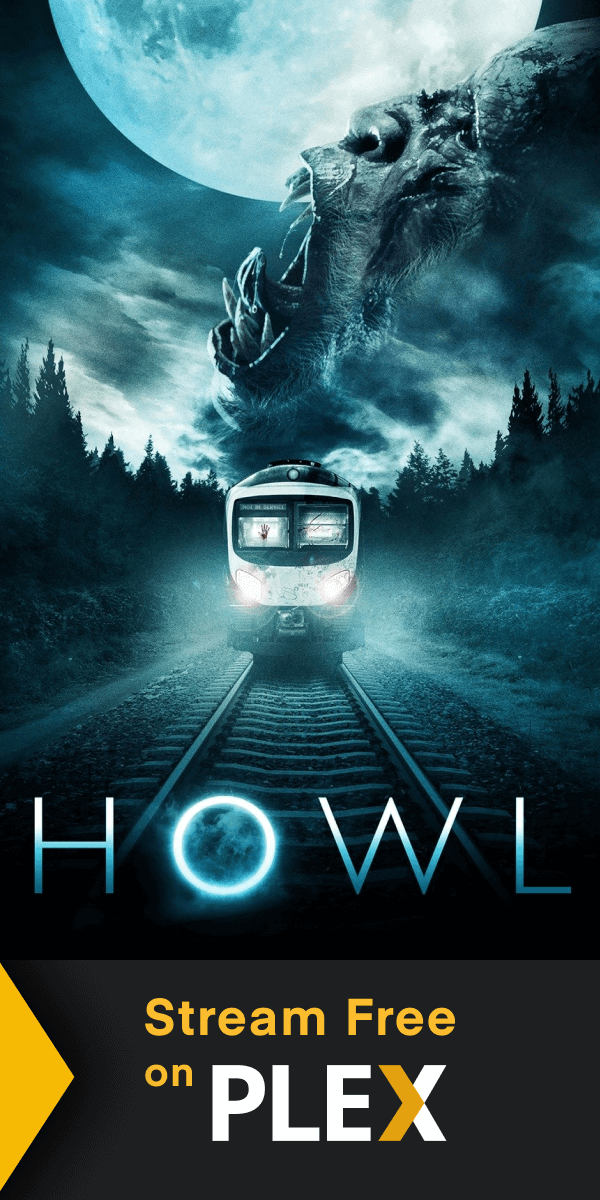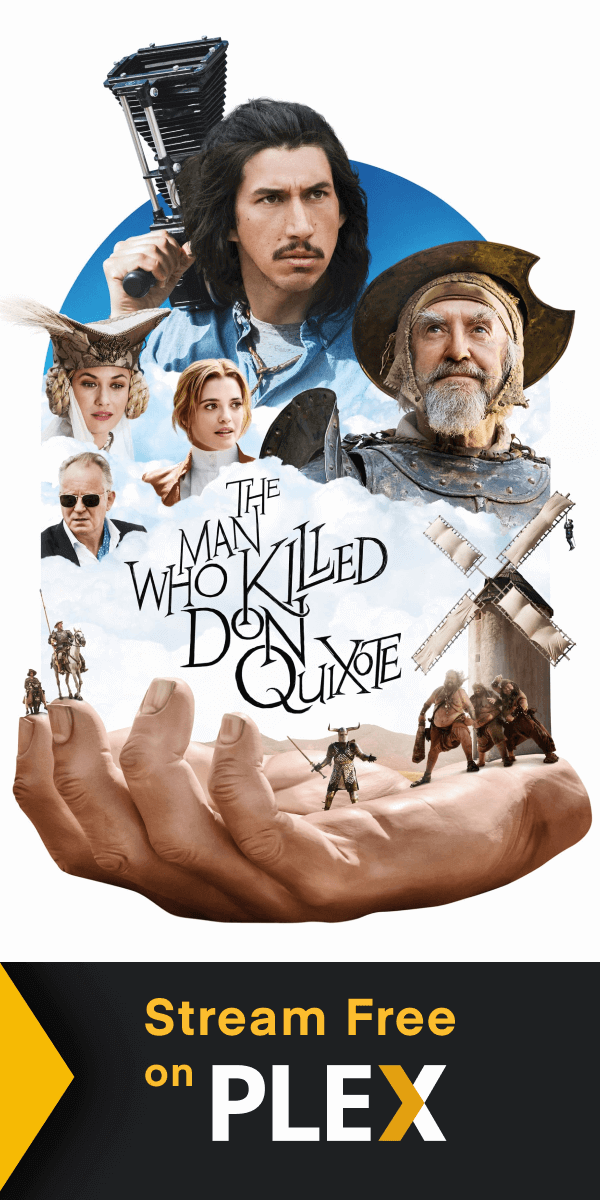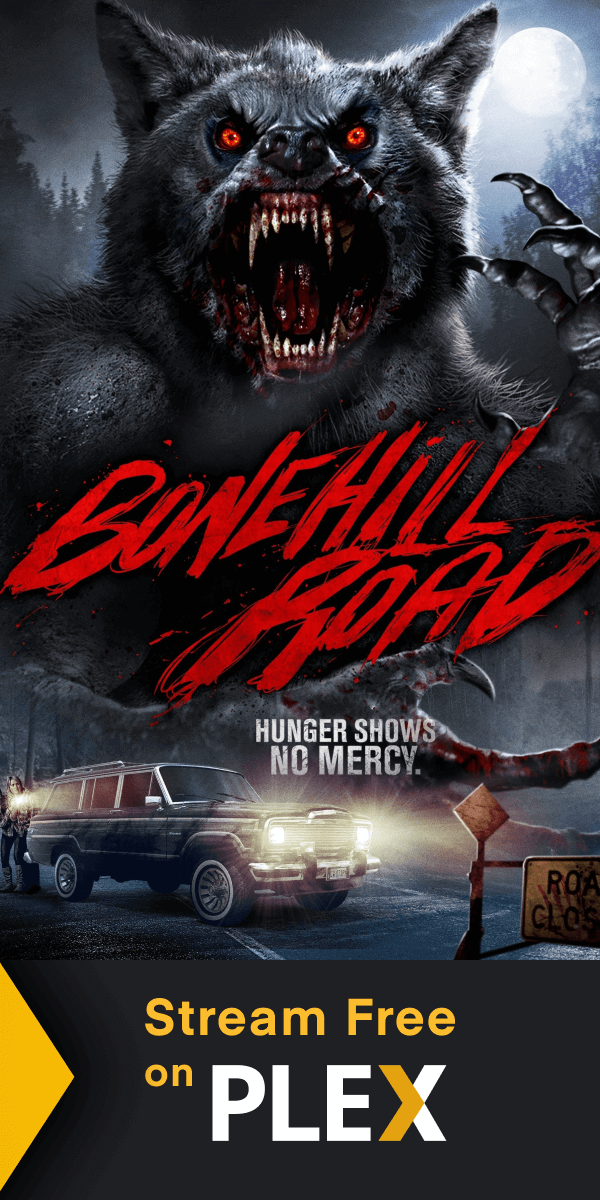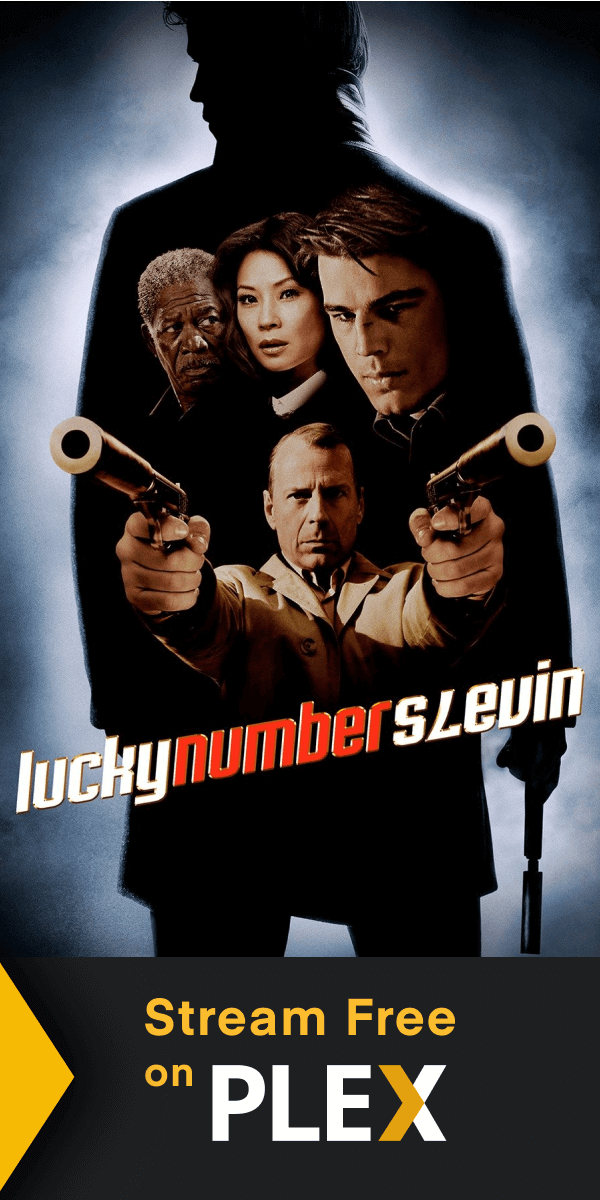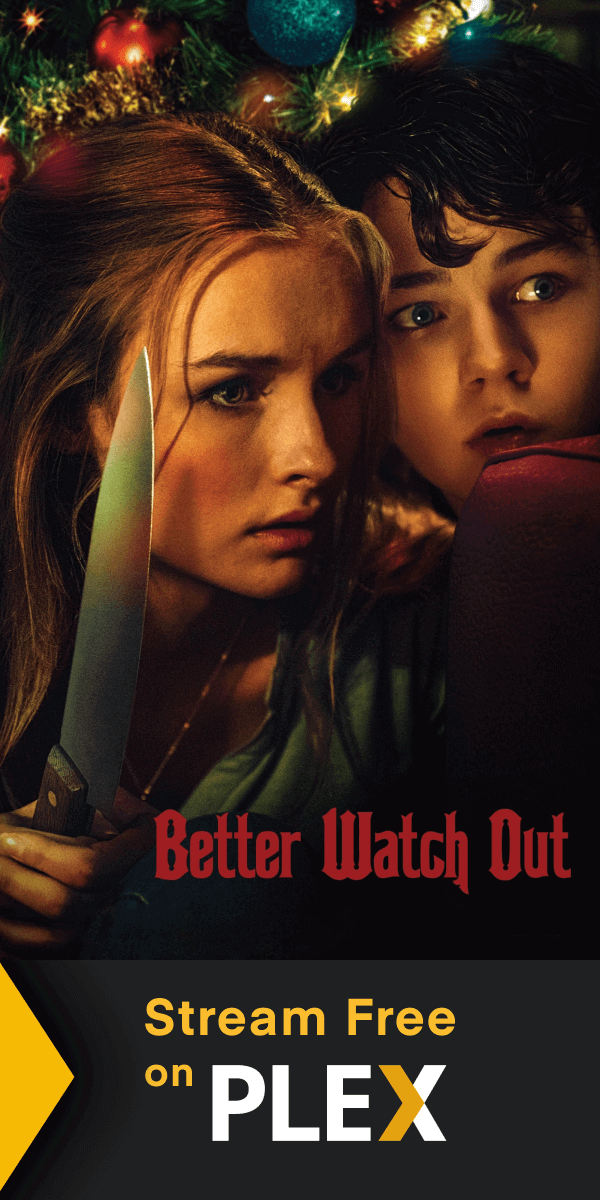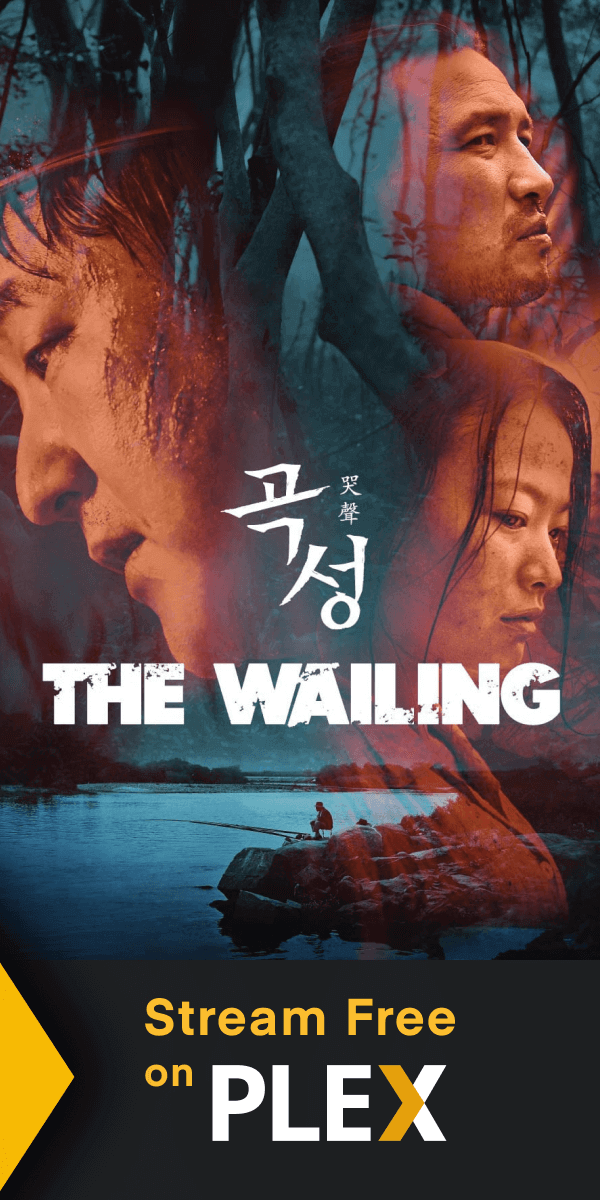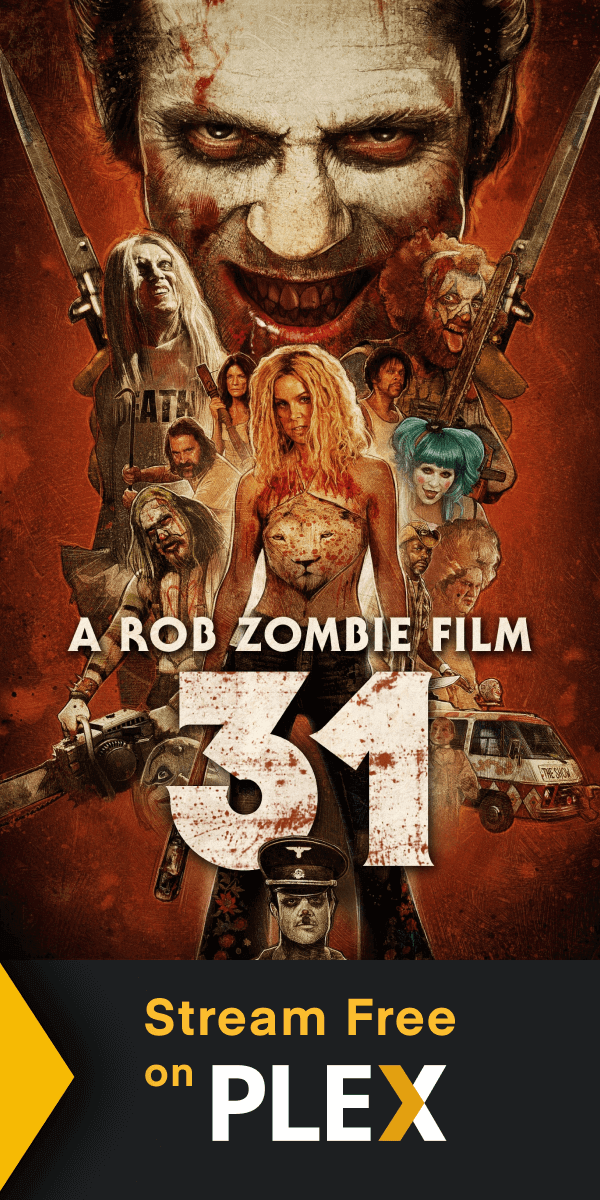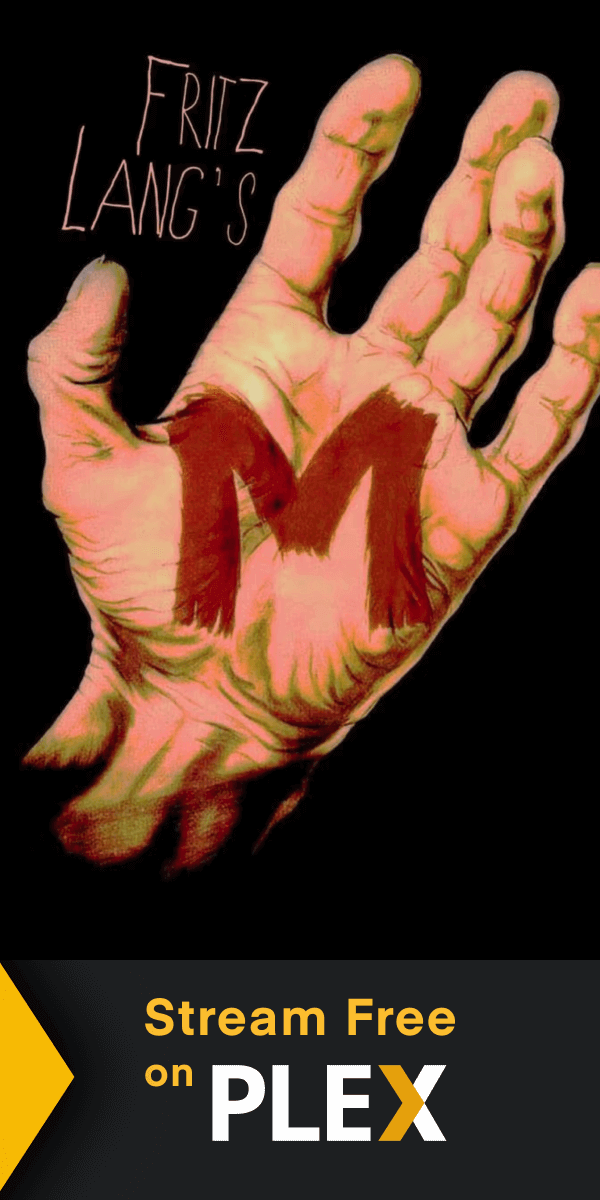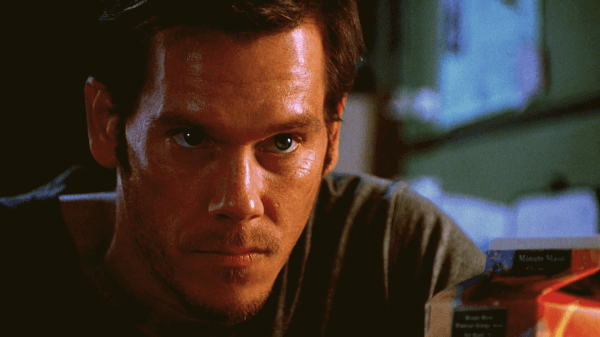With all the amazing sci-fi movies on Plex in November, allow me to single out Gareth Edwards’s Monsters: a larger-than-life creature feature that became the writer and director’s audition for 2014’s Godzilla reboot. The film stars Scoot McNairy as Andrew Kaulder, an American photojournalist stuck escorting his New World Chronicle boss’s daughter, Samantha Wynden (Whitney Able), safely home by crossing through Mexico’s “Infected Zone” where gargantuan entities roam. It’s as much a drama about walled-in countries, foreign invaders, border crossings, and far more socio-political issues, but if there’s one aspect that always sticks with me, it’s the overwhelming feeling of insignificance whenever Edwards’s camera (Edwards acts as cinematographer as well) reveals the towering tentacle lifeforms who’d crush humans underfoot like ants.
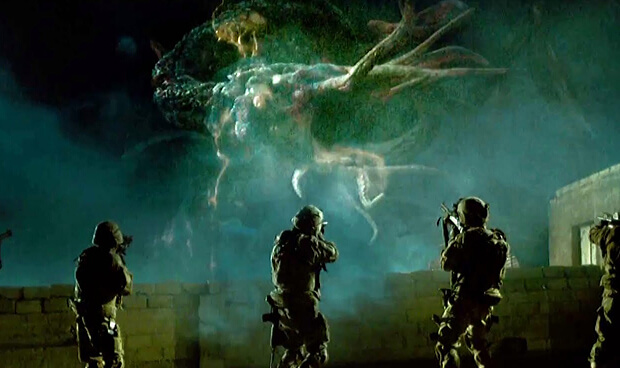
Now, Monsters is shot in standard third person for a majority of the runtime. Mexico’s dangerous “Infected Zone” is a landscape of gas-mask filled villages, overgrown ruins of toppled cities, and extraterrestrial threats, as we’re used to seeing on theater screens. Then, during more intense bouts of militaristic intervention, the camera switches to first person, “found footage” displays, and there’s an extra layer of existential dread. We’re now seeing through Andrew’s eyes, on Samantha’s level, only able to crane necks as impossibly massive “monsters” impose threats that are, in a matter of words, unfathomable. Humans like to believe we’re the center of the universe, after all. The existence of behemoths that could squash our civilization out of sheer boredom on a Sunday afternoon changes everything.
When I rewatch these night-vision combat sequences between soldiers and aliens, I think about how perspective is used so proficiently to heighten terror by scale comparisons. Much like Cloverfield. Or Trollhunter. When Hud (T.J. Miller) turns his camera on “Clovie” before becoming another snack or when Clovie lunges upward at an escaping helicopter, its gaping jowls ready to chew, the paralyzing fear of fitting inside Clovie’s open mouth becomes an unfamiliar concern. Likewise, André Øvredal maximizes his final troll beast’s size as its foot barely fits in the lens, and the chaos becomes inescapable. How can you avoid something that takes strides bigger than football fields? There’s enough imposed awe as an observer from afar, but the added emphasis of being eye-level, replicating reality, becomes something all-encompassing.
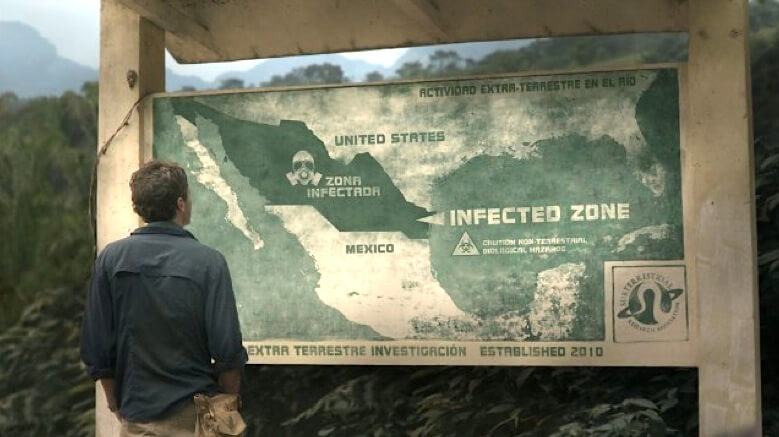
Monsters isn’t a thrill-ride by any means, much less than the two previous titles, but that doesn’t make Edwards’s race against time through illegal trafficking routes any less noteworthy in its creature-feature aspirations. As a reliable science fiction assessment of modern society, Monsters sends two visiting Americans through a Mexican wasteland towards the erected US-Mexico border barrier. As Andrew comes to learn, from infected fungus growing on trees to our country’s antagonistic bombing raids on Mexican soil, there’s a larger story than attackers from outer space. “It’s different looking at America from the outside-in,” Andrew says while gazing at the concrete mega-wall protecting idealistic suburbs inside the states…having just passed a dead child’s corpse. It’s this moment of reflection, and admission, about what’s taken for granted as they sit atop an abandoned temple with no aggressors in sight.
Again, Edwards is playing with scale. An impassible divider separates two countries fighting the same battle, stretching farther than the camera can convey. It’s not just about this crushing sense of futility when forced to grapple with the notion that creatures bigger than housing complexes could snuff out humanity. Edwards’s representation of the wall, at this moment, legitimizes the tremendous lengths governments and people will go to to protect their beliefs, their narratives, and themselves at any cost (materials, prices, lives). It’s an obvious statement, no doubt. “The larger something is, the more we notice.” Yet, not every film can effectively drive this truth home like Monsters, or Cloverfield, or Trollhunter. With that in mind, I believe first-person is the critical differentiation (even in the wall moment, Edwards is sure to lower our view to Andrew and Samantha’s vantage).
From Gareth Edwards’s military convoy disaster at the beginning of Monsters, it’s obvious why Legendary and Warner Brothers would eventually tap the English filmmaker to re-Americanize Toho’s Kaiju icon. There’s a reason for his immediate blockbuster acclaim, which would then lead to a Star Wars gig with spinoff Rogue One. Even so, there’s more to Monsters than metropolis smashing or supersized-entity brawls. Edwards treats his “monsters” as more than brutish destroyers, given how Andrew and Samantha observe interactions that don’t uphold widespread propaganda that instigates an aversion to what we do not immediately understand. Monsters is a stunning feature debut that understands both how to accentuate a creature’s physical dominance and expose outsider anxieties but never concedes one simple visual storytelling constant.
There’s no more freeing acknowledgment (or petrifying, dependent on the scenario) than admitting how small you are in the universe’s grand scheme.
Monsters
...
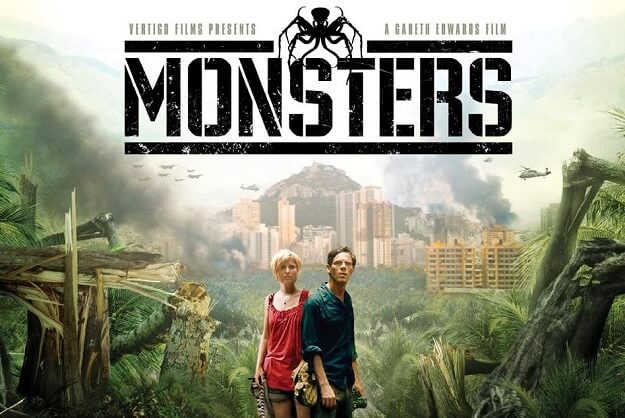
Want more thrilling Sci-Fi on Plex?
Demon Seed
...

Spides
...
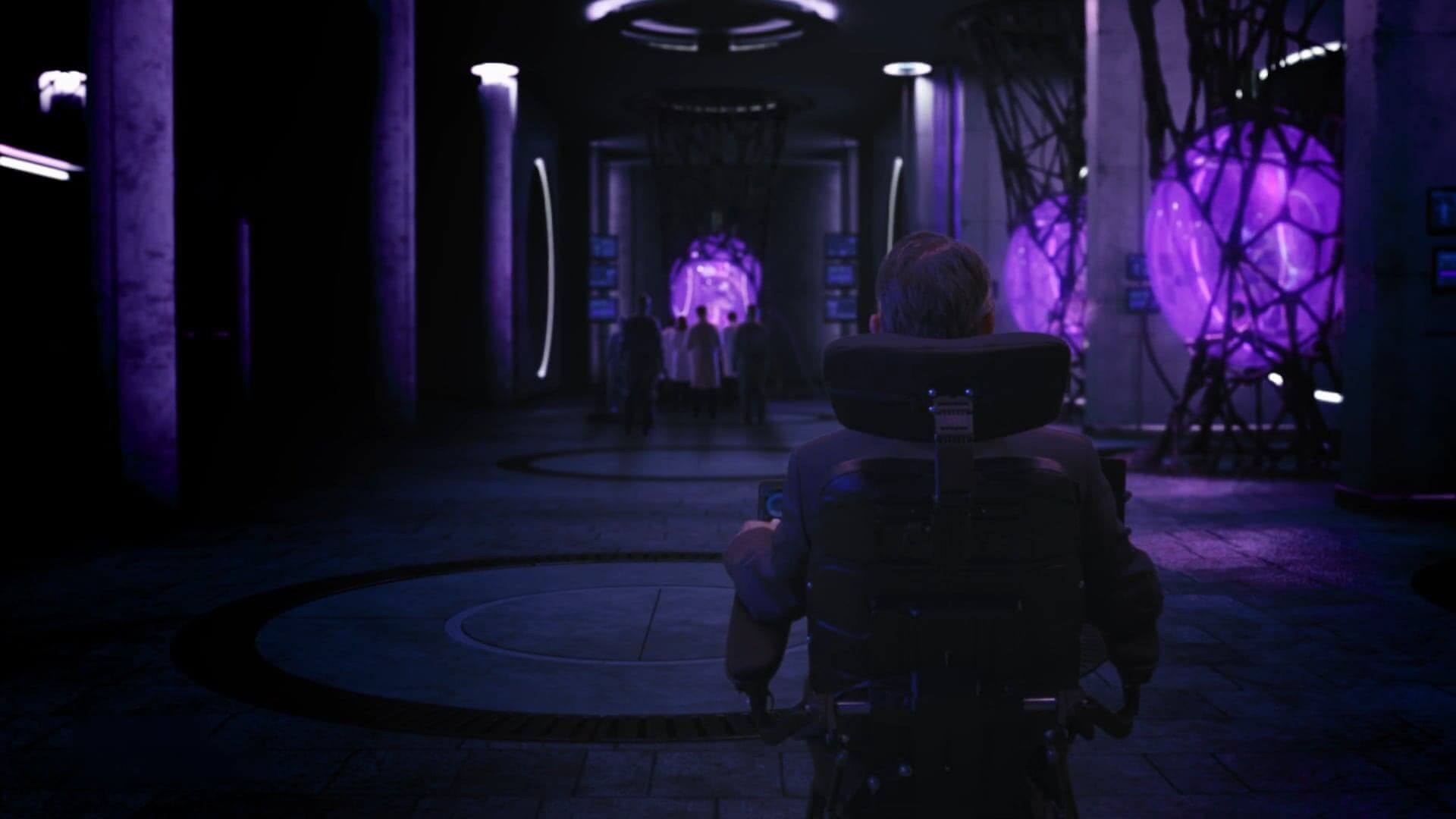
Mutant Chronicles
...
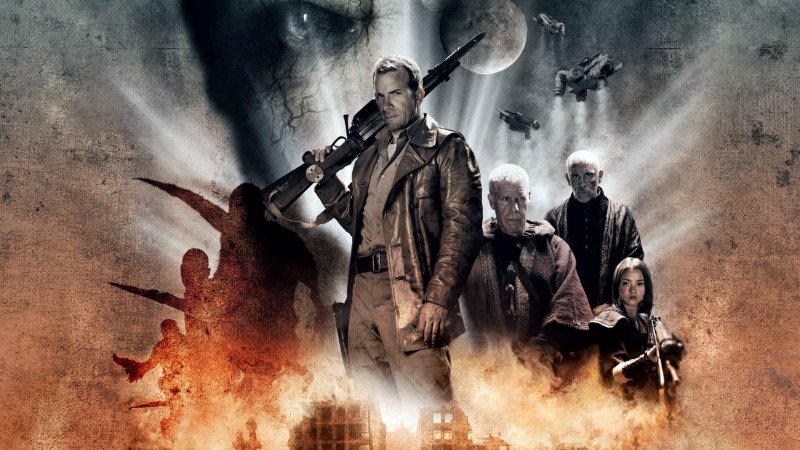
Replicant



